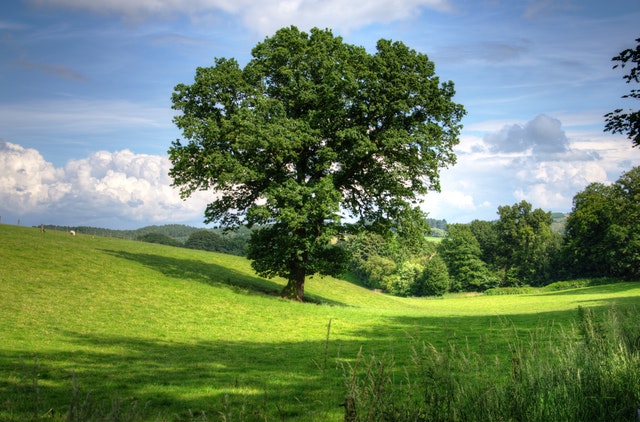
Arborist Tree Report: FAQ’s Answered
- By : Albert Hunt
- Category : Blog, General

Many of us have woody shrubs growing on our property and most of us just assume that the plant will look after itself and not require any attention. Although many plants are mostly self sufficient, they do require some upkeep to ensure they are healthy. However, this isn’t generally something you will be able to do yourself, because, unless you are a particular expert, it can be quite difficult to tell if the woody shrub in your garden is in good condition or not. This is why you should think about getting an arborist tree report. Never heard of one? Fear not, keep reading to find out everything you need to know.
What is an arborist tree report?
An arborist tree report is an assessment undertaken by a plant care professional to determine the health of the woody shrubs on your property. The aim is to determine if the plant is healthy and to ensure that it is not becoming a hazard. The professional will also let you know if the plant has any diseases or pests and give you advice on how best to deal with this problem. Furthermore, the assessment will also identify the species of plant, it’s current size, condition and environment. Basically, the assessment will give you all the information you need to know about the particular plant and how you should properly care for it.
When might I need an arborist tree report?
There are several different situations in which you may need an inspection on a plant on your property. The first of which is when you notice any signs of ill health, it can be hard to spot, but look out for dead limbs, and cracked bark. Another instance when you may need to contact a professional is if you notice the branches getting too close to either your house, or a power line or if the body of the tree has started to lean dramatically. If unsure, it is always best to call a professional to get your woody shrub checked, as it may be putting you and your property in danger. In some cases, usually if the plant is of environmental importance, the council may request you get an inspection undertaken, if this is the case you will have to get this completed or you may face fines.
Are there different types of arborist tree report?
In short, yes. There are several different types of assessment, and it will depend on the reason you are getting the inspection as to which type you will need. There main types are as follows:
Preliminary assessments for pre-development applications: The first type of tree assessment is done in order to help plan potential new developments, this includes both residential and commercial. These inspections are used to determine what plants can be removed and which will have to stay and have the development constructed around them.
Arboricultural Impact Assessment: Another method of tree report to assist with developments, this will often accompany any development applications which are given to the Consent Authority. All development should be detailed in this document as well as an assessment detailing plant preservation.
Root Mapping: When potential construction comes close to or within the structural root zone of a woody shrub, a root mapping inspection will take place.
Risk Assessment: This is the type of report you will most likely get done if you believe a woody shrub on your property is unhealthy. The primary function of a risk assessment is to determine the hazards surrounding a single plant, or a group of plants. Risk assessments will tell you what is wrong with the plant in question and how it can be cared for to ensure it is not a hazard.
Landscape Maintenance and Management: The main function of landscape maintenance management is for ongoing arboricultural preservation, and is often completed for the purposes of comparison against previous or future inspections. All ages of plant will be evaluated, including existing shrubs, newly planted shrubs, and older shrubs.
No Comments